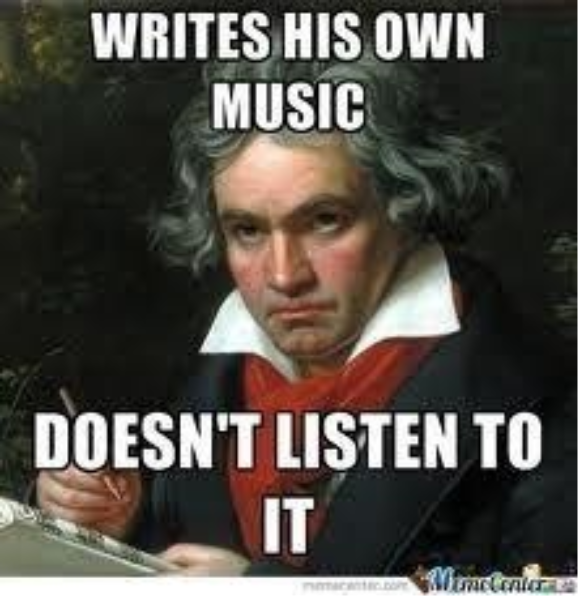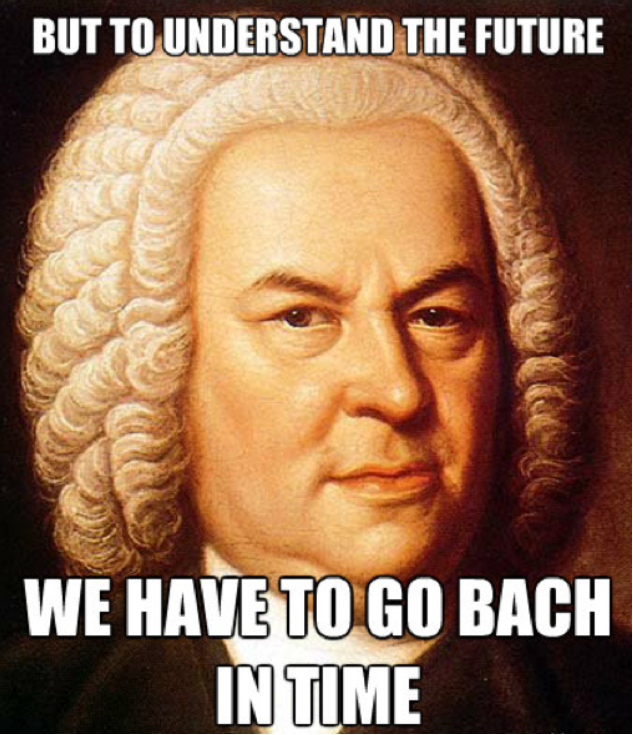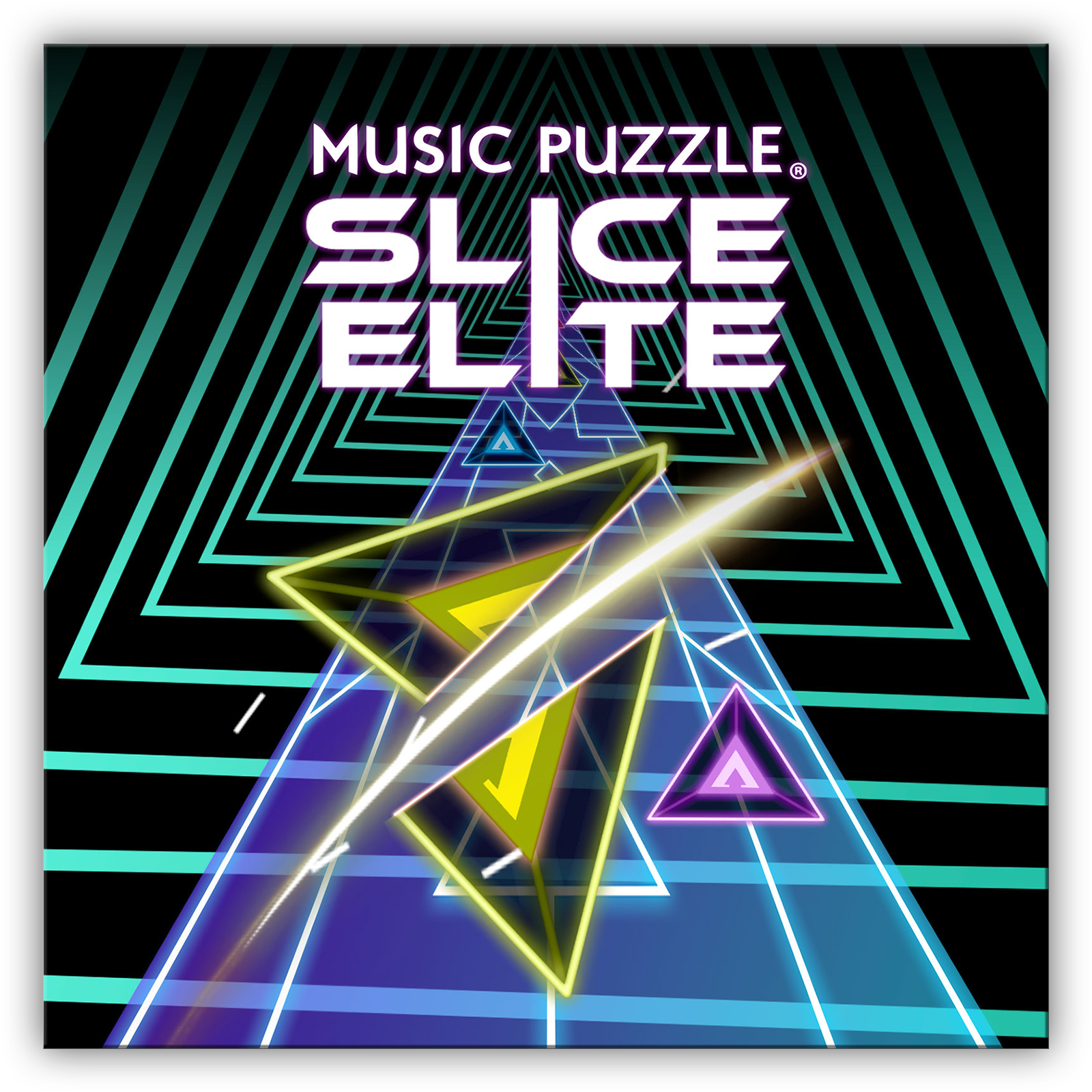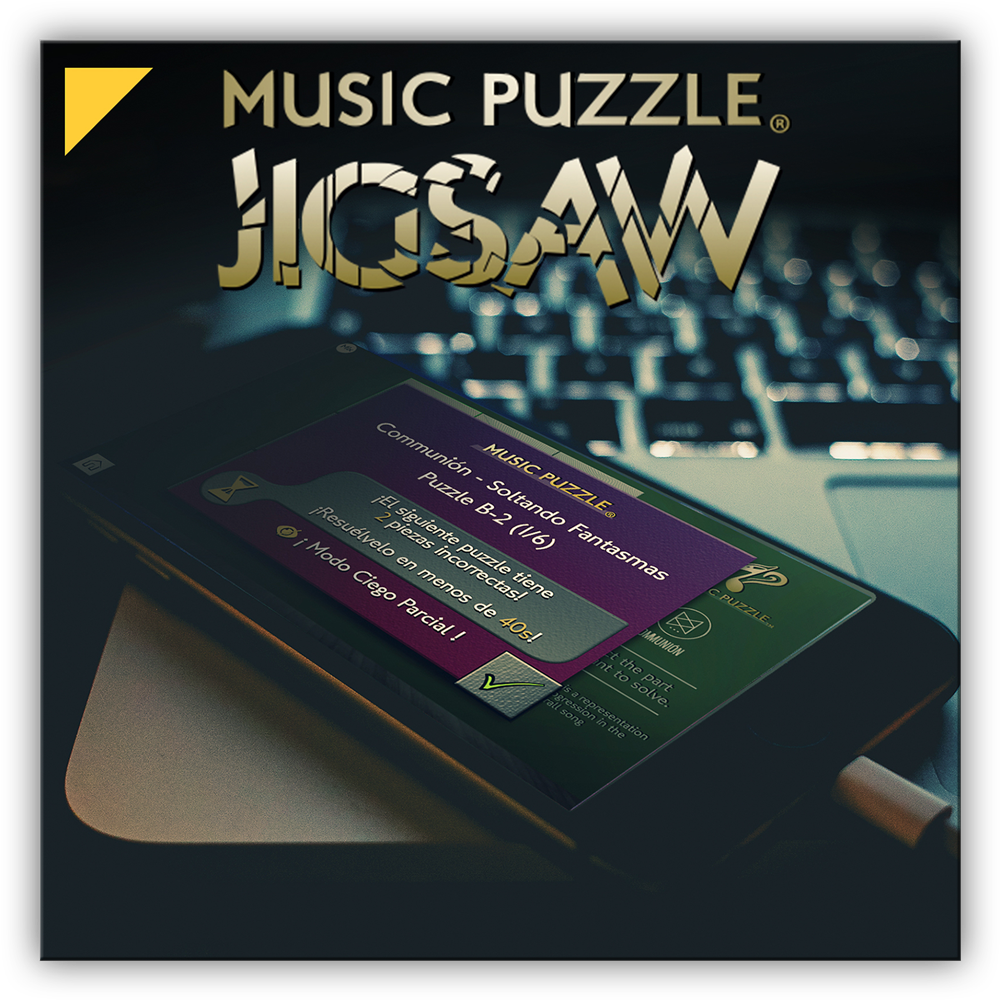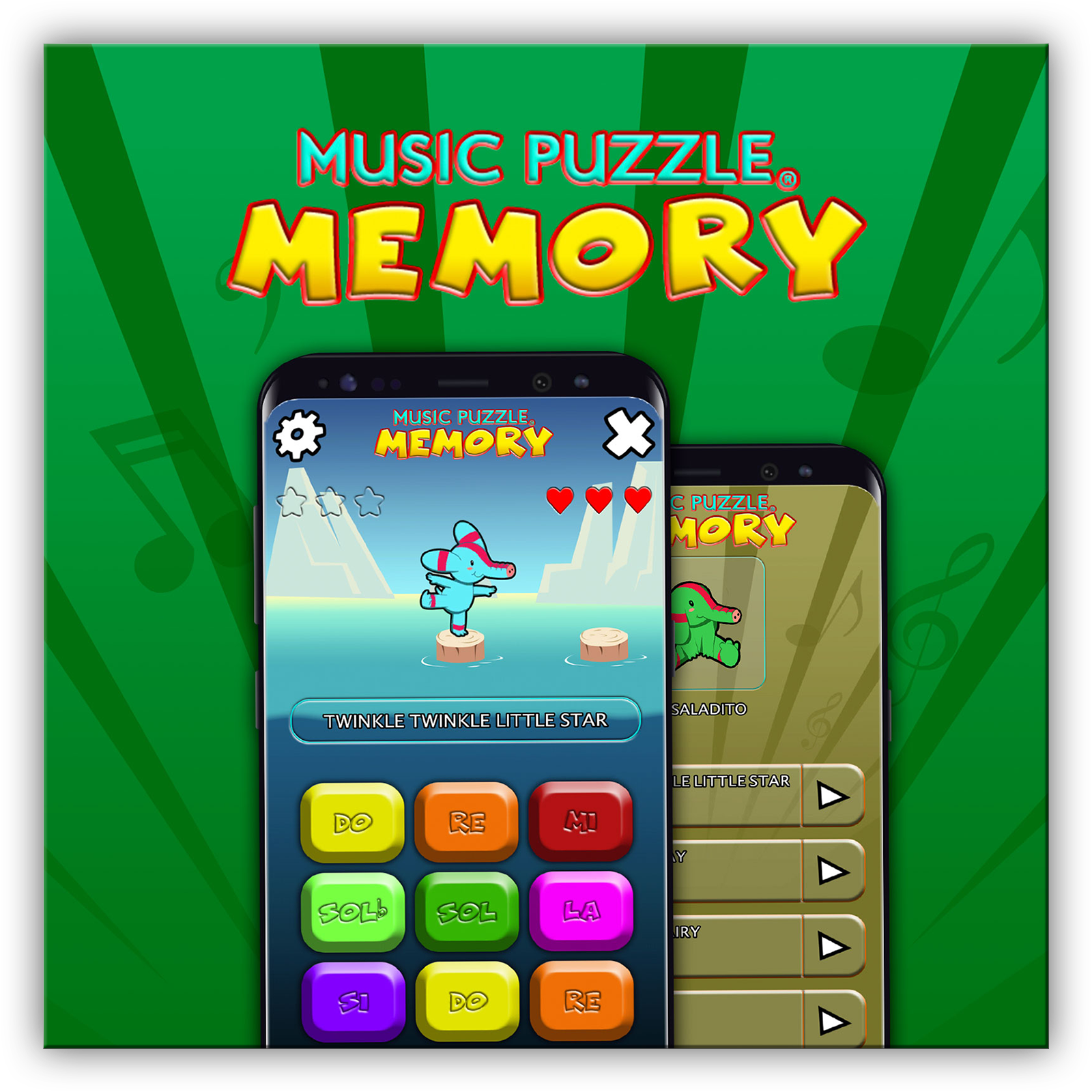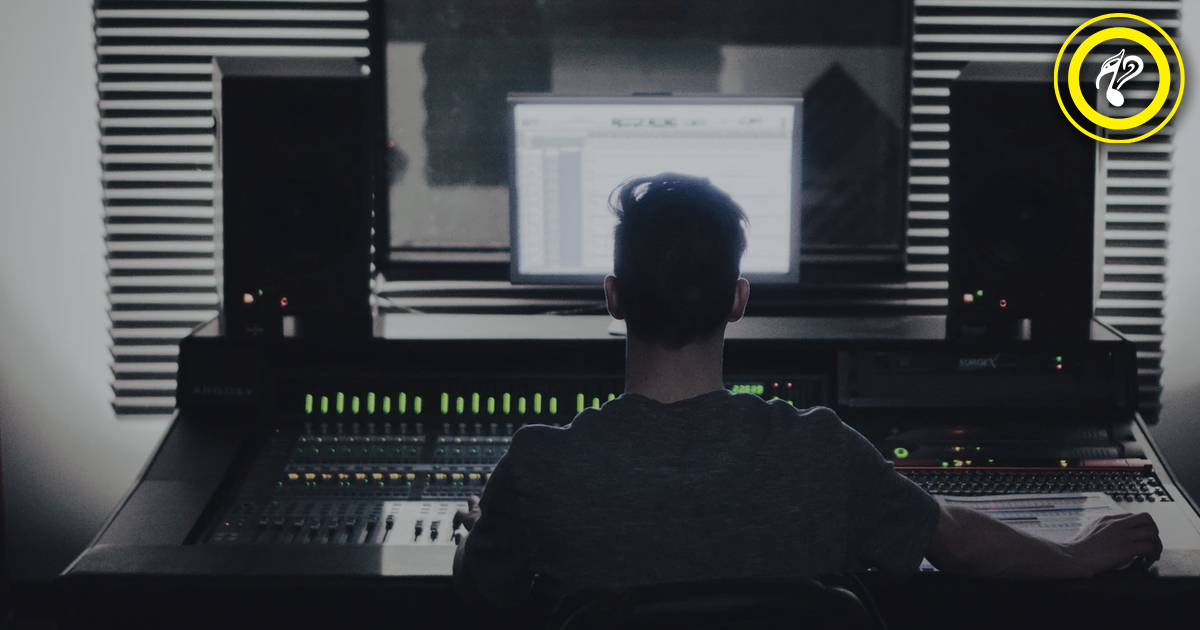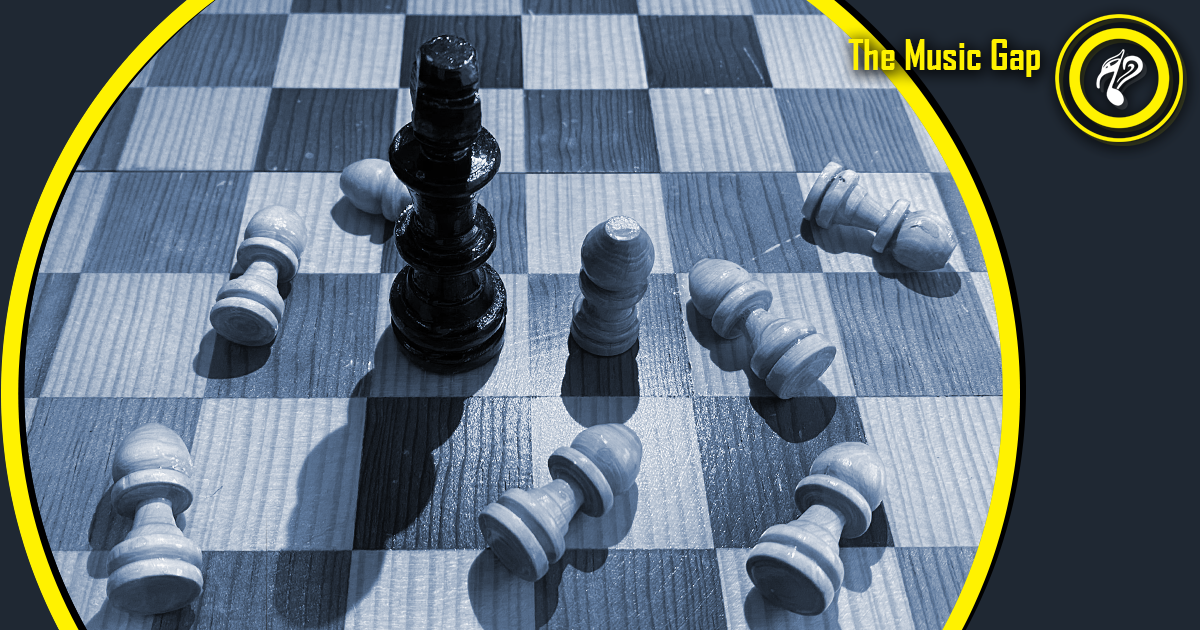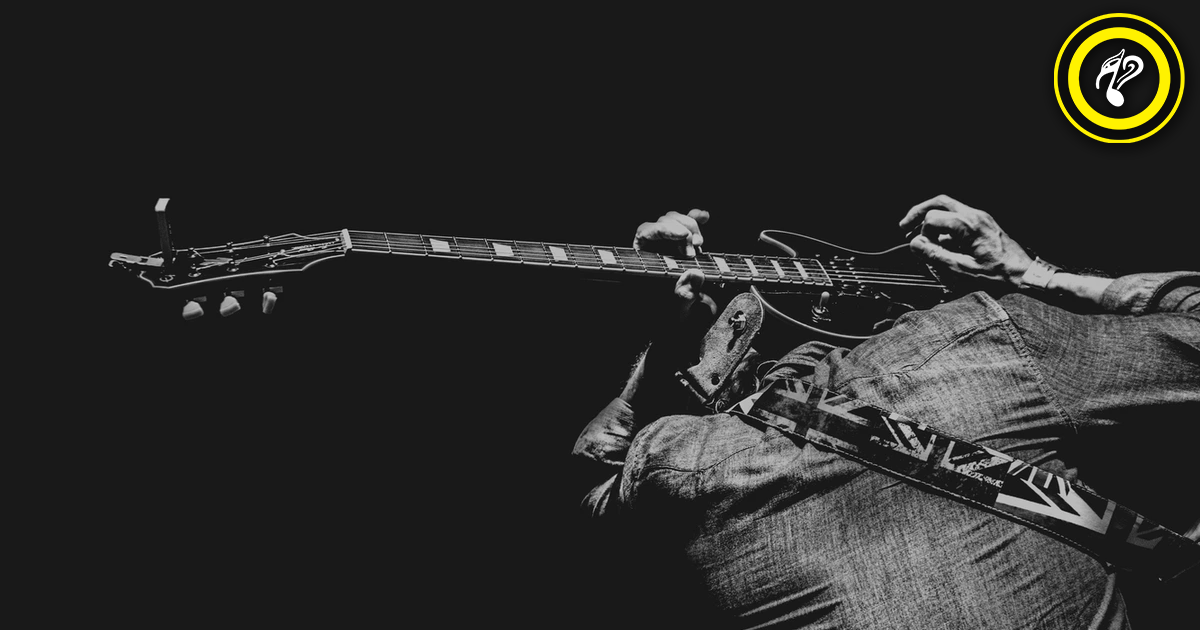What is classical music?
What exactly does classical music mean?

Despite not being from the same time period, we know that J.S. Bach, Ludwig Van Beethoven, Vivaldi and Mozart are references of classical music. So, why wouldn't Arnold Schöenberg or Igor Stravinsky be considered classical music composers, despite having many similarities in their music?
Basic concepts
- This term usually refers to music composed from the 9th to the 19th century: Any piece composed in this time frame can be considered classical music, but not from the 20th century onwards, which is considered more contemporary. As time progressed, this genre began including music we’d consider contemporary today.
- It covers many historical periods: As it covers such an extensive period of time, we can find several important historical periods, such as low medieval music (1000-1400), the Renaissance (1400-1600), Baroque art (1600-1750), Classicism (1750 - 1800) and the Romantic era (1800-1910).
- It’s made to be heard: It may seem old-fashioned going to a theater to listen to classical music in silence, but the truth is that’s the only way it works, unlike rock and pop concerts where everyone sings, or movie music where sound accompanies the picture, or dance halls where music encourages dancing.
- Today, there are still classical music concerts: The fact that classical concerts continue to be performed all around the world is perhaps proof of the genre’s imposing quality. There’s the idea that modern orchestras are cover bands for classical authors. As hilarious as this is, it’s not too far off the truth. Whatever the case is, the true value of a piece relies on whether it becomes larger than life or not. It's curious to see how most contemporary musical genres come and go, but classical music goes on and on.
- The repertoire is written for orchestral instruments: Perhaps this is why going to an orchestral concert is always related to classical music. The scores can be orchestral, for soloists or a smaller ensemble such as the string section.
- What isn’t classical music? Strictly speaking, any piece or composer from the 20th century onwards isn’t considered classical music. If we wanted to categorize modern composers, perhaps the best thing would be to order them by musical currents.
Arnold Schöenberg comes from serialism, Philip Glass from minimalism, Pascal Dusapin belongs to contemporary academic music, José Pablo Moncayo is a representative of Mexican musical nationalism, to name a few examples.
Stay tuned for our next articles on these trends!
Harmony
The concept of tonality was established by classical music during the Baroque era. Mostly all pieces are in major or minor tonality. In the search for perfection, elements such as the conduction of voices or chord progressions were governed by certain rules that helped keep a tidy sound aesthetic. To this day these concepts are still taught in music schools.
W.A. Mozart – Requiem:
Common assemblies
- For solo instrument: It is common to find single instrument’s scores among Bach’s or Beethoven’s compositions.
J.S Bach – Tocata y Fuga en D menor para órgano:
- Symphonic orchestra: This is the most spectacular ensemble and we can find a lot of repertoire with this format.
Beethoven – 5th Symphony:
- Symphonic orchestra and soloist: Orchestra concerts and a solo instrument, be it violin, piano, cello or clarinet, are also frequent.
Peter Ilich Tchaikovsky – Concierto para violin en Re Mayor:
- String Quartet: One of the quintessential ensembles due to its balance and versatility.
Debussy – Cuarteto Op.10 :
Prominent periods
Baroque: Period where the concept of tonality appeared accompanied by the elegance of the counterpoint and fugues. The main exponent of this period is Johann Sebastian Bach.
J.S Bach – Air on The G String:
Classicism: More symmetrical structures, singable melodies, balance in the structure and a clear harmony. It leaves the baroque’s stiffness behind. Beethoven and Mozart come from this period.
W.A Mozart – Sinfonía 40 en G menor:
Romanticism: Philosophically speaking, it was believed that emotions and intuition were fundamental elements to understanding certain aspects of life. Thematically, the artistic and musical pieces were inspired by objects of desire. In this period the orchestral color expands with the tuba, the English horn and the saxophone.
Frédéric Chopin – Nocturne 9:
Neoclassical: It’s defined as a modern composition that uses the elements and foundations of classical music.
Prokofieff – Sinfonía Clásica:
Famous classical music artists
Johann Sebastian Bach:
Ludwig Van Beethoven:
Richard Wagner:
Wolfgang Amadeus Mozart:
Pyotr Ilyich Tchaikovsky:
https://es.wikipedia.org/wiki/M%C3%BAsica_cl%C3%A1sica
https://www.classicalmpr.org/story/2013/10/15/what-is-classical-music
https://leonardbernstein.com/lectures/television-scripts/young-peoples-concerts/what-is-classical-music
If you enjoyed the article, you'll love these games:
